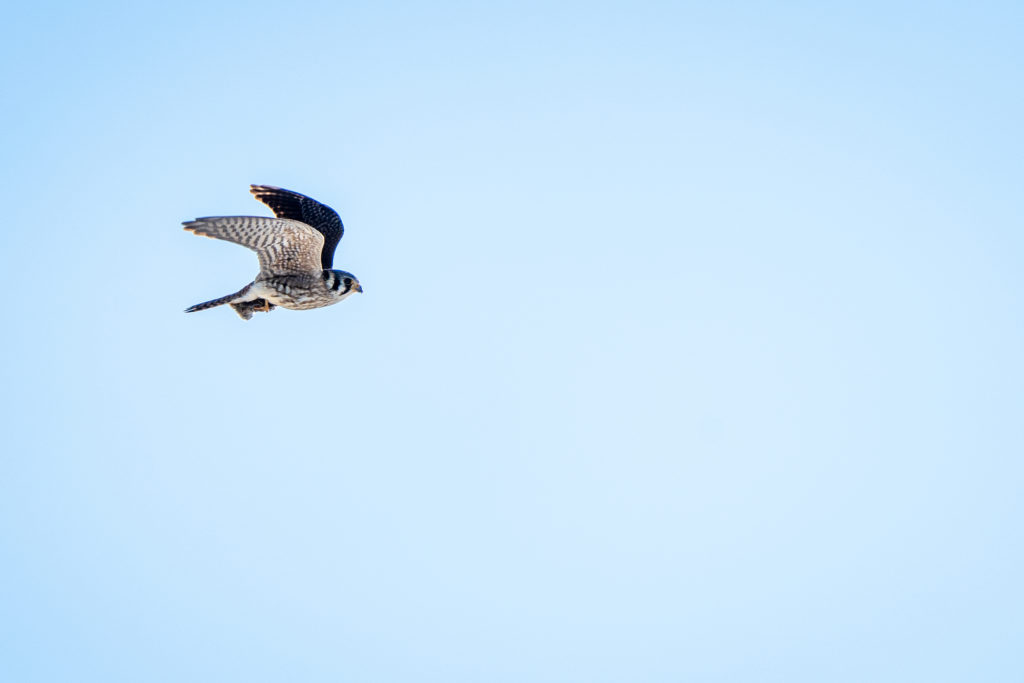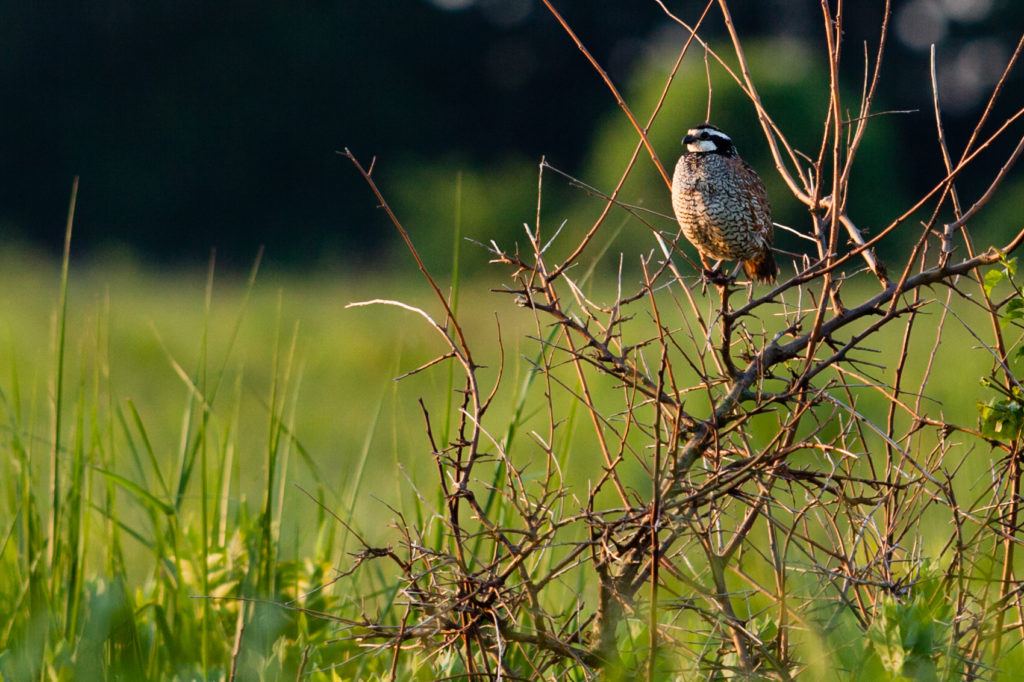The Virginia Grassland Bird Initiative is a collaboration working to simultaneously:
- stem the tide of grassland bird decline,
- improve the resiliency of working landscapes, and
- positively impact the livelihoods that depend upon those lands.
Native grasslands have suffered the most intense impact by humans of any of North America’s terrestrial ecosystems, resulting in grassland-associated birds experiencing a steeper, more consistent decline than any other guild of birds. Decades of increasingly intensive agriculture have reshaped the habitats that these grassland birds rely upon.
In northern Virginia, grassland birds have adapted to using hayfields and pasturelands as surrogate habitat, an ecological trap under the wrong conditions, or a unique opportunity for conservation under the right conditions. Research has demonstrated that implementing a specific suite of farm management practices can actually benefit grassland birds, as well as restore ecosystem functionality on these working landscapes.
In response, The Piedmont Environmental Council and Smithsonian’s Virginia Working Landscapes launched the Virginia Grassland Bird Initiative (VGBI) to address grassland bird declines on working lands in the Virginia Piedmont. American Farmland Trust and Quail Forever have joined as lead collaborators, bringing with them their respective expertise in conservation messaging and technical assistance on working landscapes.


Action items include knowledge sharing through peer-to-peer trainings, hands-on workshops for landowners held on exemplar farms, incentive payments for implementing bird-friendly BMPs, capacitating more technical assistance for producers, and tracking acreage converted to conservation use.
This initiative worked with the American Bird Conservancy to designate a region-wide bird conservation priority area—the Northern Virginia Piedmont and Shenandoah Valley BirdScape—in which partners can champion locally iconic grassland birds, including the Northern Bobwhite, Eastern Meadowlark, and American Kestrel, to become symbols of conservation success. Ongoing research helps inform and shape VGBI’s conservation goals, which include:
- assess impacts of habitat management (native grass restoration regenerative grazing, delayed mowing, etc.) on grassland bird communities
- test various methods to restore and manage native warm season grasses
- identify habitat associations of flagship bird species on a mixture of public and private lands
- utilize social science research with landowners and community scientists to understand what motivates conservation behaviors on private lands
Latest Updates
Visit the VGBI website at vagrasslandbirds.org.
Interested in learning more about land management for grassland birds? Download our free Managing Land in the Piedmont for the Benefit of Birds & Other Wildlife booklet here:
Small PDF File (4.96 MB)
Large PDF File (34.9 MB)
